Ancient Wonders The Egyptian museum in Cairo
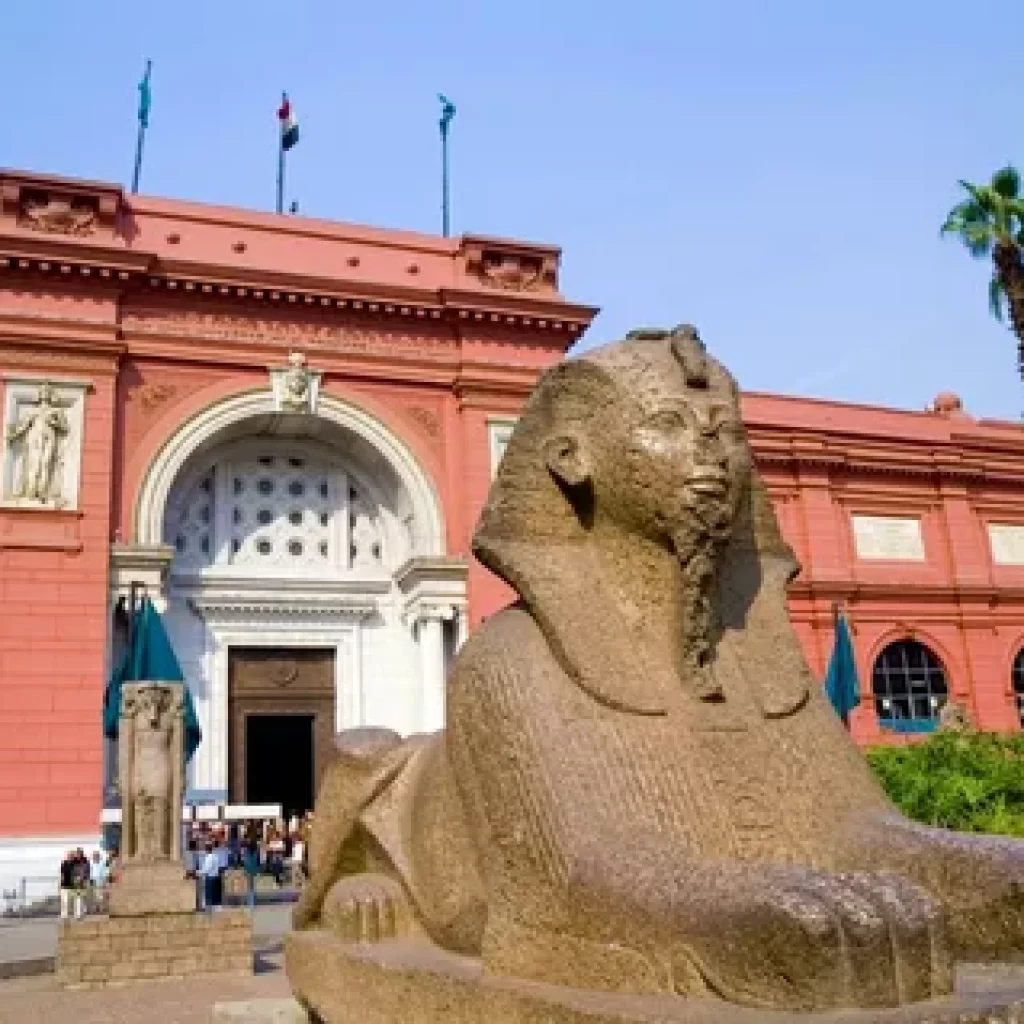
Table of Contents:
- Introduction
- The Egyptian Museum’s Evolution
- Remarkable Architecture: The Structure
- Pharaonic Collections: A Journey Through Time
- Tutankhamun’s Treasures: A Royal Legacy
- Mummies and Tombs: Life Beyond Death
- Daily Items of Ancient Egypt
- The Rosetta Stone: Decoding a Civilization
- The Grand Relocation: From Tahrir Square to Giza
- The Egyptian Museum’s Impact on Modern Egyptology
- Visitor Tips: How to Make the Most of Your Trip
- Conclusion
- FAQs
1. Introduction
The Egyptian Museum in Cairo offers more than ancient artifacts; it opens the door to Egypt’s rich, complex history. Housing one of the largest collections of Pharaonic artifacts, this museum offers an unmatched view into the splendor of ancient Egyptian civilization. From the treasures of Tutankhamun to everyday items used thousands of years ago, the museum is a must-see for anyone interested in The Egyptian museum in Cairo,.
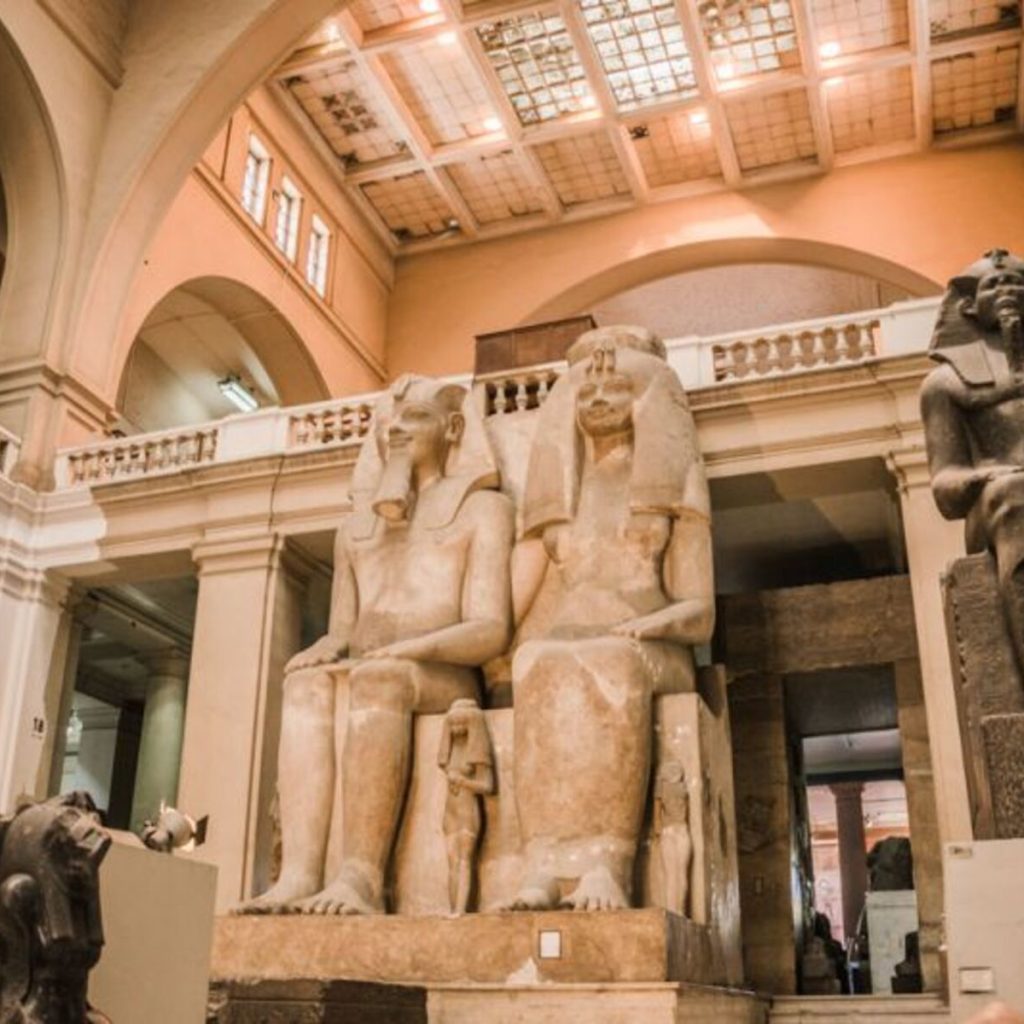
2.The Egyptian Museum’s Evolution
Founded in 1902, the Egyptian Museum in Cairo highlights Egypt’s commitment to preserving its ancient heritage. Initially, the museum’s collection was housed in a small building in Bulaq, but it was later moved to its current location in Tahrir Square. Over time, the museum expanded and renovated several times, enhancing its capacity to display Egypt’s remarkable history.
3. Remarkable Architecture: The Structure
The museum’s architecture combines classical European style with The Egyptian museum in Cairo,showcasing the cultural exchange between Egypt and the West in the late 19th and early 20th centuries. Designed by French architect Marcel Dourgnon, the building’s layout allows visitors to travel through different eras of Egyptian history, making itas much a historical artifact as the treasures it contains.
4. Pharaonic Collections: A Journey Through Time
The museum houses over 120,000 artifacts, with thousands more in storage. The Pharaonic collections, ranging from the Prehistoric period to the Greco-Roman era, offer a comprehensive overview of ancient Egyptian history. Highlights include statues of pharaohs, intricate jewelry, and elaborate sarcophagi that reveal the craftsmanship and artistry of ancient Egypt.
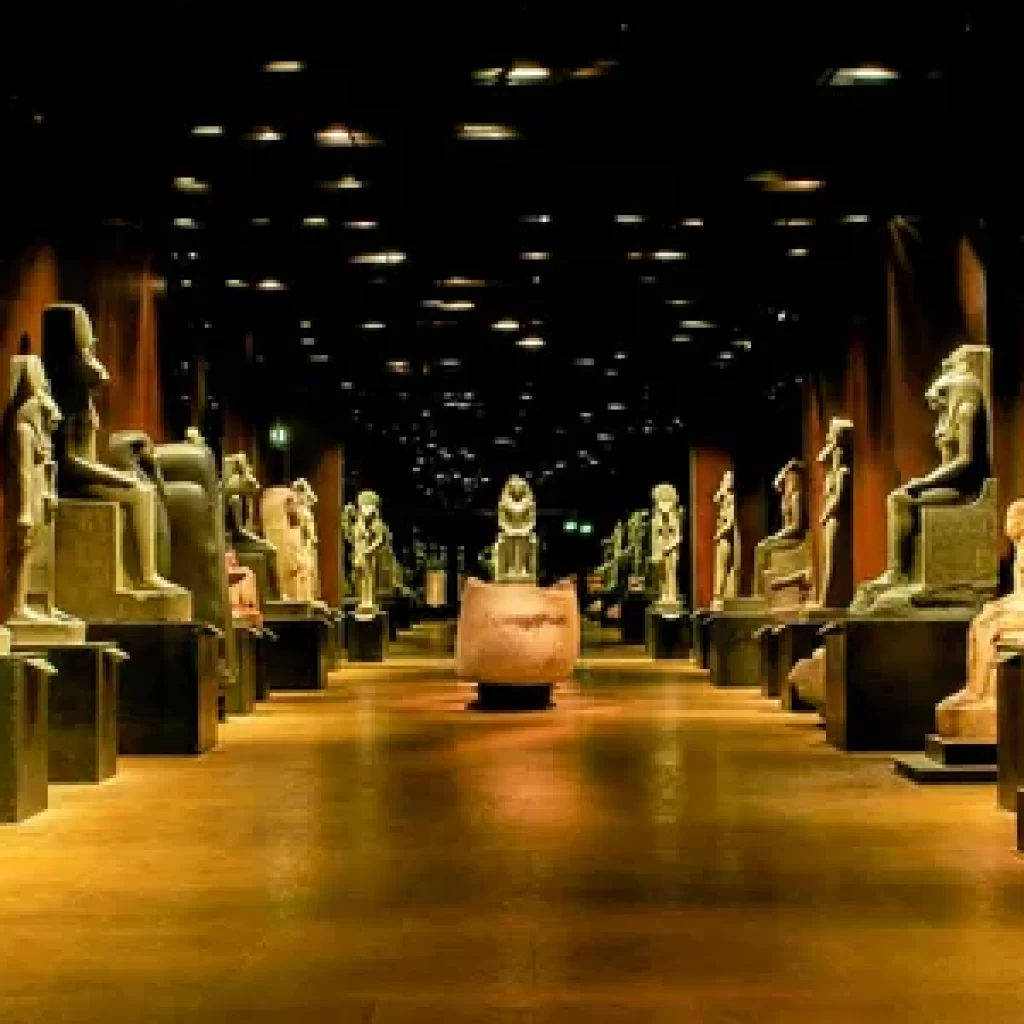
5. Tutankhamun’s Treasures: A Royal Legacy
A renowned exhibit at the museum features treasures from Tutankhamun’s tomb, uncovered by Howard Carter in 1922. The display includes the young pharaoh’s iconic golden mask, intricately decorated coffins, and an array of jewelry, weapons, and everyday objects that provide insight into the life and times of Egypt’s most famous ruler.
6. Mummies and Tombs: Life Beyond Death
The Egyptian museum in Cairo,is renowned for its collection of mummies, which includes the preserved remains of some of Egypt’s most famous pharaohs. The Mummy Room offers a rare opportunity to come face-to-face with these ancient rulers, their mummification process a testament to the Egyptians’ belief in the afterlife. The museum also houses tomb artifacts that reveal the customs and rituals associated with burial and the afterlife in ancient Egypt.
7. Daily Items of Ancient Egypt
Beyond the grandiose displays of royalty, the museum also showcases items from the daily lives of ancient Egyptians. From pottery and tools to clothing and cosmetics, these artifacts provide a more intimate look at the lives of ordinary people thousands of years ago. They highlight the ingenuity and resourcefulness of the Egyptian people, whose innovations in agriculture, medicine, and engineering laid the foundation for modern civilization.
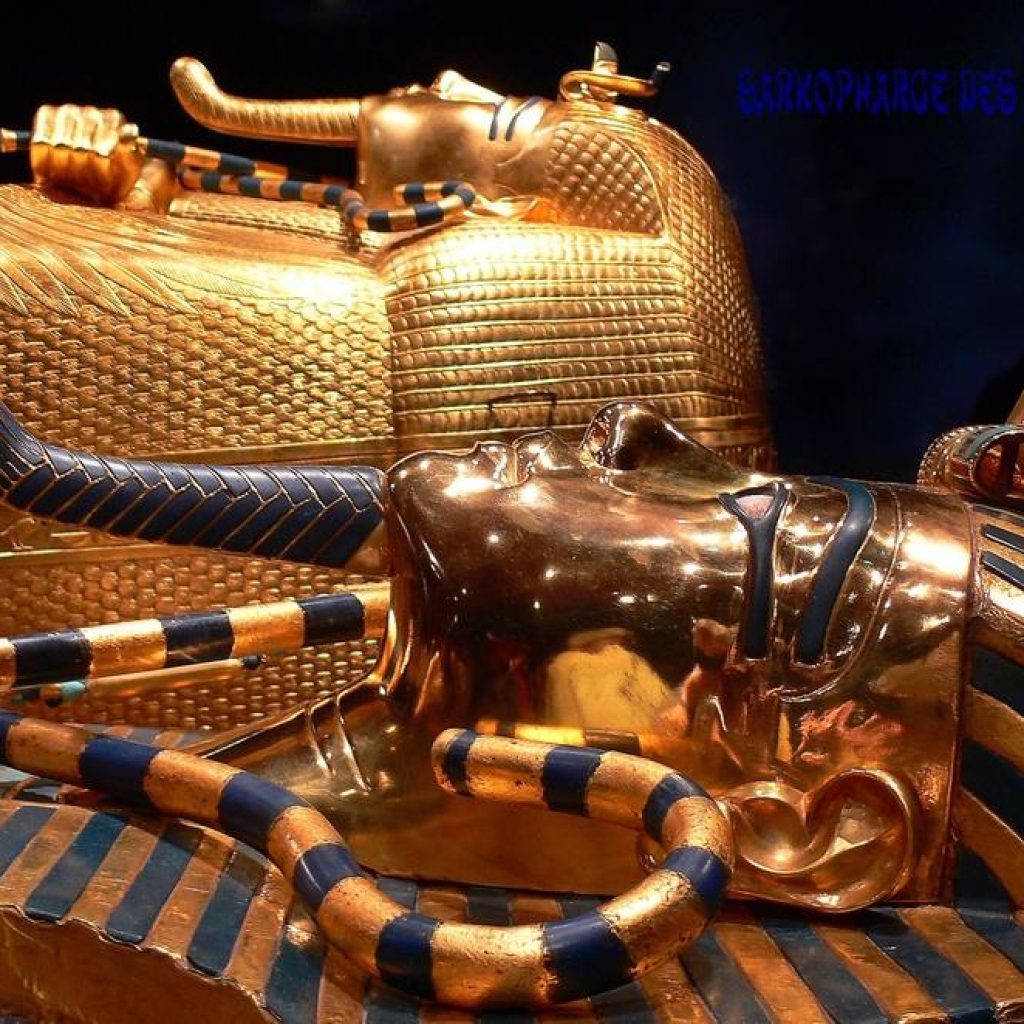
8. The Rosetta Stone: Decoding a Civilization
While the original Rosetta Stone is housed in the British Museum, the Egyptian Museum has a replica that is equally significant in understanding Egypt’s history. The stone’s inscriptions in Greek, Demotic, and hieroglyphic script were key to deciphering the ancient Egyptian language, opening the door to understanding thousands of years of history that had been lost to time.
9. The Grand Relocation: From Tahrir Square to Giza
In recent years, the Egyptian government has undertaken a massive project to relocate many of the museum’s most important artifacts to the newly constructed Grand Egyptian Museum (GEM) near the Giza Pyramids. This initiative aims to update the country’s cultural facilities and improve the preservation of these invaluable artifacts. The GEM will likely become Egypt’s premier museum, yet the original Egyptian Museum in Cairo will still play an important role in preserving the nation’s heritage.
10. The Egyptian Museum’s Impact on Modern Egyptology
The Egyptian museum in Cairo, has played a crucial role in the development of modern Egyptology. Over the years, it has been the site of numerous important discoveries and has provided a wealth of information to scholars studying ancient Egypt. The museum’s collections have been central to many academic works and have inspired generations of researchers and historians to delve deeper into the mysteries of Egypt’s past.
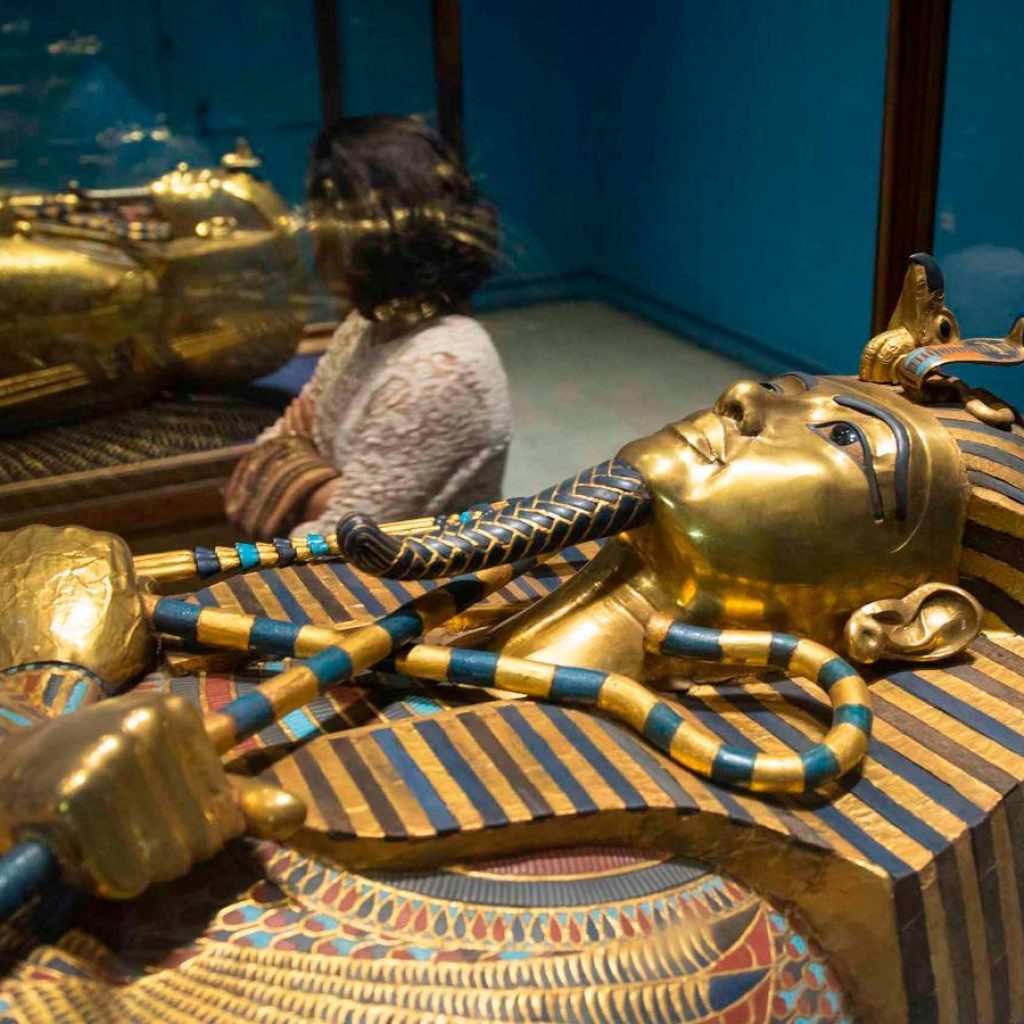
11. Visitor Tips: How to Make the Most of Your Trip
To truly experience the “Best of Egypt,” a visit to the Egyptian Museum is essential.For the best experience, consider hiring a knowledgeable guide to explain the significance of the artifacts.Visitors should also plan their visit to avoid peak hours and take advantage of the museum’s quieter moments to fully appreciate the exhibits. Don’t forget to explore the museum’s gift shop for unique souvenirs that capture the essence of Egypt’s ancient culture.
12. Conclusion
The Egyptian Museum in Cairo is not just a building filled with ancient artifacts; it’s a living record of one of the world’s greatest civilizations. The museum provides a glimpse into everything from the majesty of the pharaohs to the everyday life of common Egyptians, captivating and inspiring people worldwide. Whether you’re a history buff, a student of Egyptology, or simply a curious traveler, a visit to the Egyptian Museum is an unforgettable experience that encapsulates the very best of The Egyptian museum in Cairo.
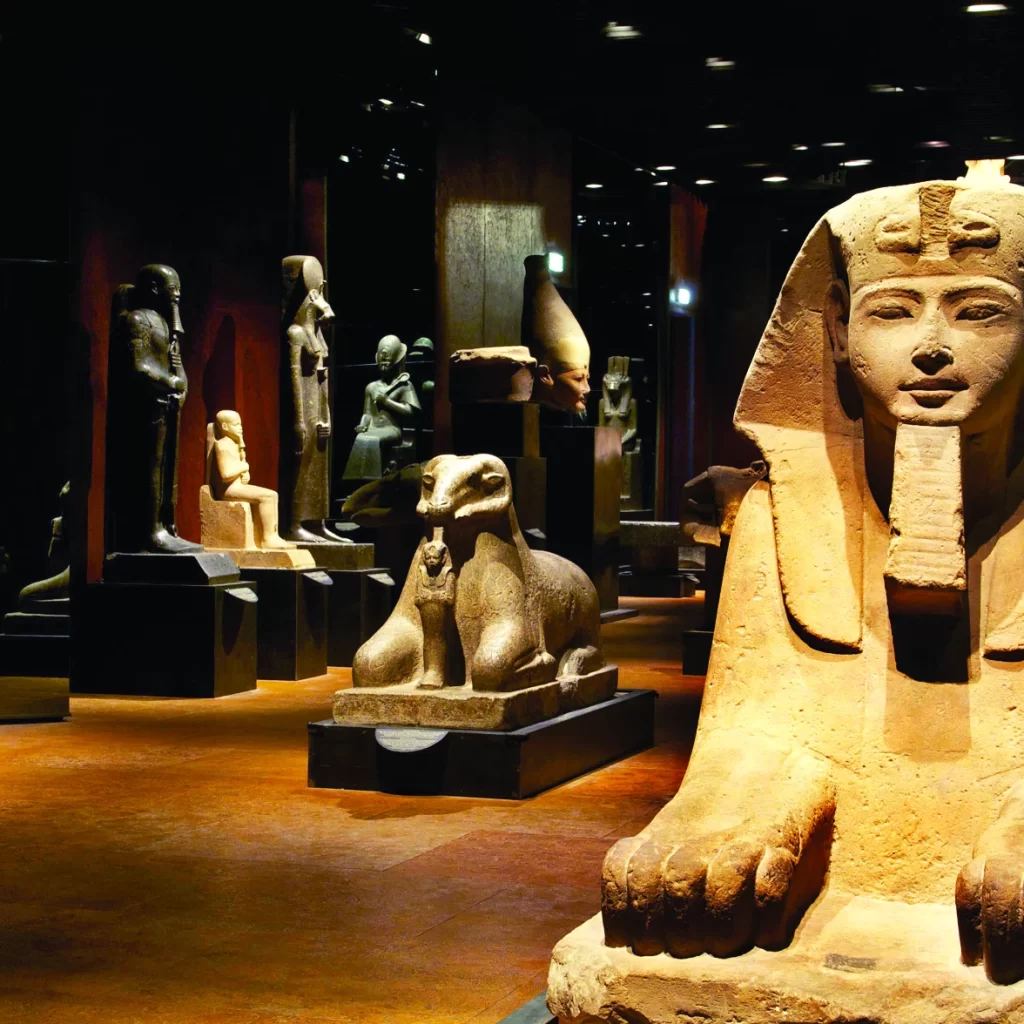
FAQs
- What is the significance of the Egyptian Museum in Cairo?
The Egyptian Museum in Cairo stands as one of the world’s premier museums, showcasing an extensive array of ancient Egyptian artifacts that provide essential insights into Egypt’s history and culture. - What are the must-see exhibits in the Egyptian Museum?
Must-see exhibits include the treasures of Tutankhamun, the Mummy Room, and the vast collection of Pharaonic antiquities that span thousands of years of history. - How long does it take to tour the Egyptian Museum?
A thorough tour of the museum can take anywhere from 2 to 4 hours, depending on your level of interest and the time you spend at each exhibit. - Is the Egyptian Museum suitable for children?
Yes, the museum is suitable for children, especially those interested in history and archaeology. Some exhibits, like the mummies, may be particularly fascinating for young visitors. - Am I allowed to take photos inside the Egyptian Museum?
You can take photos in most parts of the museum, though using a flash or tripod is generally not allowed. It’s always best to check the latest museum guidelines before your visit. - When is the ideal time to visit the Egyptian Museum?
The best time to visit is during the morning when the museum is less crowded. - Will the Egyptian Museum shut down once the Grand Egyptian Museum opens?
No, the Egyptian Museum in Cairo will remain open even after the Grand Egyptian Museum opens. It will continue to be an important cultural institution, though some of its most famous artifacts may be relocated to the GEM.





Comment (0)